What are the 03+ sample explanatory essays on a literary work? What are the learning results of 11th-grade students eligible for grade advancement in Vietnam?
What are the 03+ sample explanatory essays on a literary work?
11th-grade students can refer to the following sample explanatory essays on a literary work:
|
The work "Bình Ngô Đại Cáo"
|
|
The work "Chí Phèo" Author Nam Cao, real name Tran Huu Tri, was born in 1915 and died in 1951. He is one of the prominent writers of the second generation in Vietnamese literature. The work "Chí Phèo" was written in 1940-1941 and was first published in 1942. |
|
The work "Đồng chí" Soldiers during the resistance against America are a familiar subject in revolutionary poetry. Chinh Huu contributed to this treasure with a notable work, the poem "Đồng chí". |
Note: Information is for reference only!

What are the 03+ sample explanatory essays on a literary work? What are the learning results of 11th-grade students eligible for grade advancement in Vietnam? (Image from the Internet)
How many assessment levels are specified for learning results in the entire school year of 11th-grade students in Vietnam?
Under Clause 2, Article 9 of Circular 22/2021/TT-BGDDT, there are 4 assessment levels specified for learning results in the entire school year of 11th-grade students in Vietnam:
1) Excellent:
- All subjects assessed with feedback are placed in Qualified category.
- All subjects assessed by both feedback and scores have minimum scores of 6.5 for DTBmhk and DTBmcn with 6 subjects among which have minimum scores of 8.0 for DTBmhk and DTBmcn.
2) Good:
- All subjects assessed with feedback are placed in Qualified category.
- All subjects assessed by both feedback and scores have minimum scores of 5.0 for DTBmhk and DTBmcn with 6 subjects among which have minimum scores of 6.5 for DTBmhk and DTBmcn.
3) Qualified:
- Have no more than 1 subject assessed via feedback placed in Unqualified category.
- At least 6 subjects assessed by both feedback and scores have minimum scores of 5.0 for DTBmhk and DTBmcn with 0 subjects have scores lower than 3.4 for DTBmhk and DTBmcn.
4) Unqualified: Remaining cases.
What are the learning results of 11th-grade students eligible for grade advancement in Vietnam?
Under Clause 1, Article 12 of Circular 22/2021/TT-BGDDT, the eligibility requirements for grade advancement by 11th-grade students are as follows:
Grade advancement, re-assessment during summer break, and grade retention
1. A student who meets following eligibility may advance to the next grade or be recognized as to have completed lower education program or upper education program:
a) Training results of the entire school year (including re-assessment results after training during summer break according to Article 13 hereof) are Qualified or higher.
b) Learning results of the entire school year (including re-assessment results of all subjects according to Article 14 hereof) are Qualified or higher.
c) Number of days leave does not exceed 45 half-days (calculated according to education plans which is 1 half-day for every day under formal education plan, including permitted leave, unpermitted leave, continuous leave, and intermittent leave).
...
Thus, 11th-grade students eligible for grade advancement in Vietnam must have qualified learning results for the entire school year or higher.

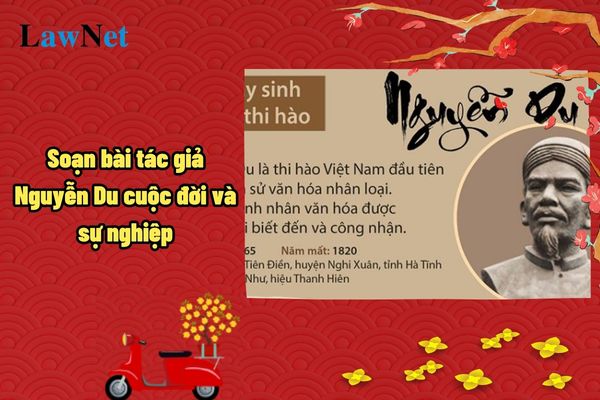
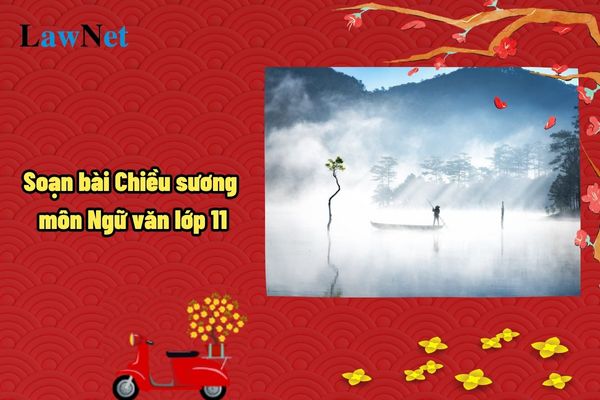
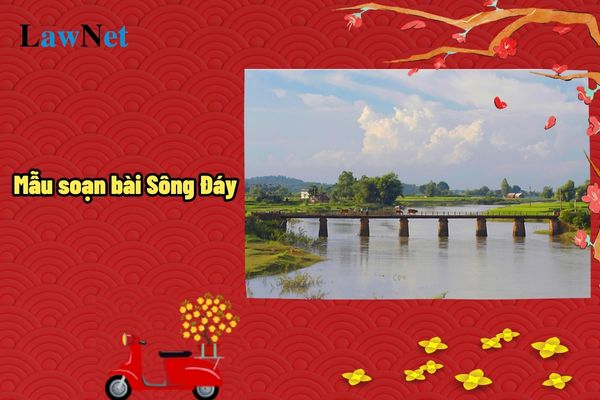
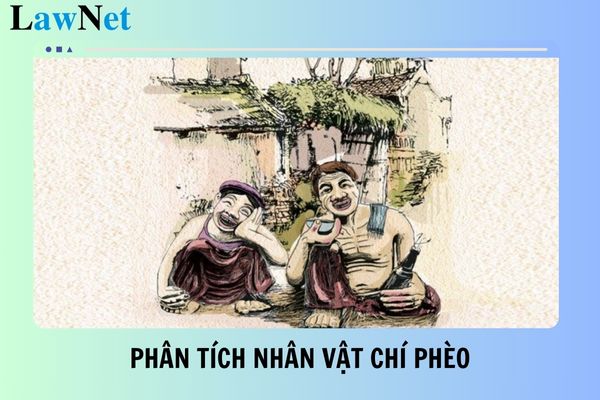
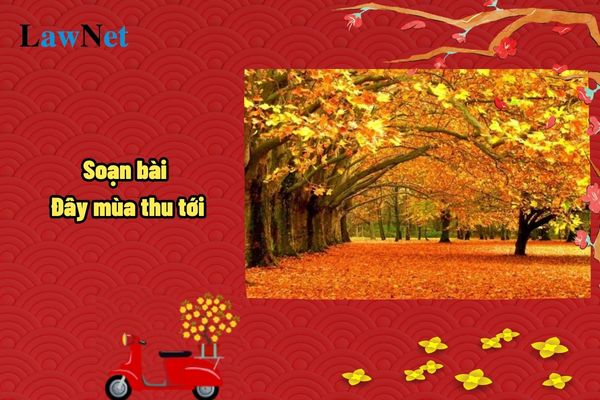
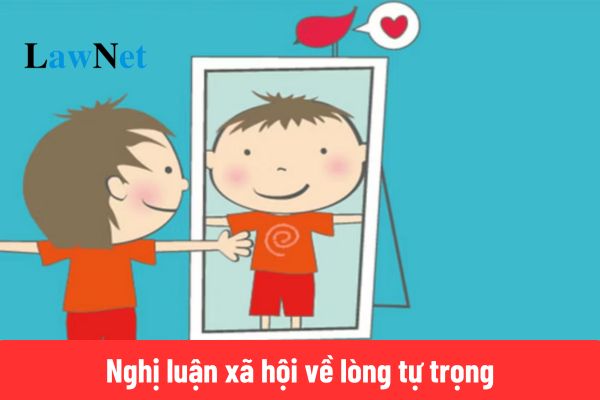

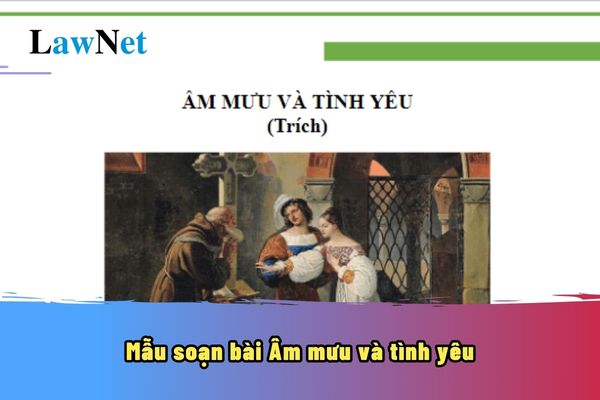
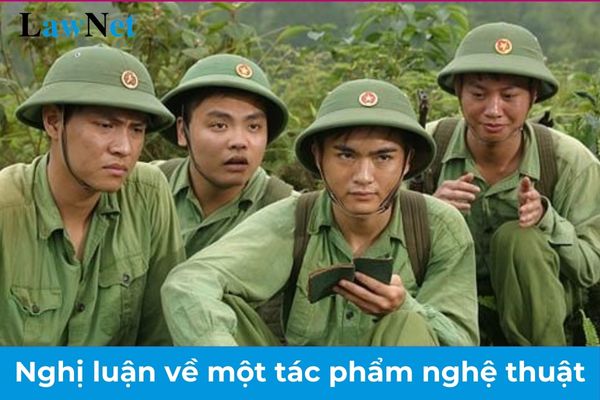
- What are the guidelines for preparing the brief lesson "Con hổ có nghĩa" in the 7th-grade Literature curriculum in Vietnam? What is the formula for calculating the GPA of Literature in the 2nd semester of 7th-grade students in Vietnam?
- Vietnam: What are the 14+ sample letters for the 54th UPU International Letter-Writing Competition 2025 with the theme "Imagining You Are the Ocean"?
- What are the 10+ sample paragraphs expressing your feelings and emotions about a favorite scene? What are the language competencies required for 3rd-grade students in Vietnam?
- What are the guidelines for preparing the brief lesson "Hạnh phúc của một tang gia" for 12th-grade students in Vietnam? What are the mandatory literary works in the Literature curricula in Vietnam?
- What are the guidelines for preparing the shortest lesson "Dục Thúy Sơn"? What are the requirements for 10th-grade students to advance to the next grade in Vietnam?
- What are the 04+ sample argumentative essays showing thoughts about healthy lifestyle among today's Vietnamese youth? What are the regulations on assessing the training results of 12th-grade students in Vietnam?
- What are the 3+ sample essays on a social matter with different opinions for 10th-grade students in Vietnam?
- What are the 04+ sample essays on a social activity you have participated in? Are schools in Vietnam responsible for organizing social activities for students?
- What does school violence mean? What are the regulations on school violence prevention and control in Vietnam?
- What are the 05+ short and best sample essays on retelling a legend for 6th-grade students in Vietnam? In Vietnam, is 6th-grade Literature assessed by scores or feedback?

